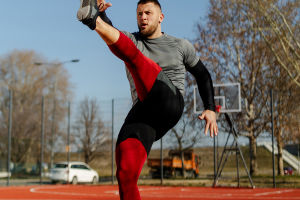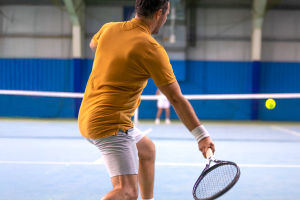In a quiet suburb of Tokyo, just after lunch break, a group of middle schoolers line up—not on a track, but on skateboards. Helmets on, sneakers laced tight, they wait for the whistle from their PE teacher, who's holding a clipboard in one hand and a skateboard in the other.
No one's goofing off. No one's checking their phones. This is a real class.
Skateboarding, long seen as a fringe or even rebellious sport, is now part of the regular school curriculum in parts of South Korea and Japan. What started as an Olympic spotlight has evolved into a shift in how youth sports are taught—and how students connect with each other.
From sidewalks to schoolyards
Just a decade ago, skateboarding was something you got scolded for doing in front of convenience stores. It wasn't taken seriously by most adults, let alone schools. But after skateboarding made its Olympic debut in 2021, something shifted.
Governments and educators began to see it not just as a "cool" activity, but as a genuine sport with physical, mental, and even social benefits. Japan, with its medal-winning skaters, was one of the first to act. By 2023, more than 300 public schools in Tokyo had added skateboarding units to their PE programs.
South Korea followed soon after. In Seoul, city-funded skate parks partnered with schools to offer beginner lessons as part of middle school sports education.
This isn't just a trendy experiment. It's a structured program—complete with trained instructors, safety protocols, and skill progression levels. And it's reshaping more than just recess.
Why teens are thriving on the board
At first glance, it might seem risky—putting kids on boards with wheels and letting them fly. But what's actually happening in these classes is the opposite of chaos.
1. It rewards persistence, not perfection
Unlike team sports where you're either good or you're benched, skateboarding gives students room to fail, retry, and grow at their own pace. Falling isn't failure—it's part of the process.
2. It flattens the social hierarchy
In many schools, sports can divide students—popular athletes vs. everyone else. But in skateboarding class, the shy kid who quietly practices a kickflip might suddenly become the one others look up to.
3. It builds real-world confidence
Landing a trick after 20 tries isn't just a skill win—it's a mental one. Teachers in Seoul report students becoming more confident not only in PE, but in group projects and public speaking.
4. It's inclusive
Skating doesn't care about height, weight, or gender. Some schools have even noticed increased participation from students who previously opted out of sports altogether.
What it takes to make it work
Turning skateboarding into a school subject isn't as simple as buying boards and cones. It takes planning, support, and a shift in mindset. Here's what educators in Japan and Korea have learned so far:
1. Start with safety, not style
The goal isn't to create pro skaters, but to teach balance, coordination, and respect. Schools start with basics: pushing, turning, stopping. Tricks come much later.
2. Use skateboarding to teach more than skating
Some teachers use skating to spark class discussions on urban space, risk-taking, or even physics. One Tokyo teacher used board design as a group art project.
3. Involve the local skate community
Instead of doing it all in-house, schools often partner with local skate shops or coaches. These mentors bring authenticity—and often, instant student respect.
4. Give space for self-expression
Unlike uniforms in volleyball or basketball, students are often allowed to personalize their skateboards or choose their own music for class. That freedom keeps engagement high.
The ripple effect beyond class time
Back in Seoul, after-school skate clubs are popping up. Students who once went straight home now stay late to practice, swap videos, and support each other's progress. Teachers have noticed friendships forming between kids who'd never spoken before.
Parents, at first skeptical, are now onboard too. One parent said watching her daughter go from timid to fearless—both on the board and in life—was worth every scraped knee.
Even more telling: schools that once banned skateboards from campus now proudly display them in the gym.
Skateboarding hasn't just been added to the schedule—it's changed the tone of school life.
So the next time someone says skateboarding is just noise and tricks, maybe point them to a quiet schoolyard in Osaka or Seoul, where a kid lines up for class, gives a gentle push, and learns more than just how to roll forward.
Maybe what they're really learning is how to keep moving—even when it's hard.


